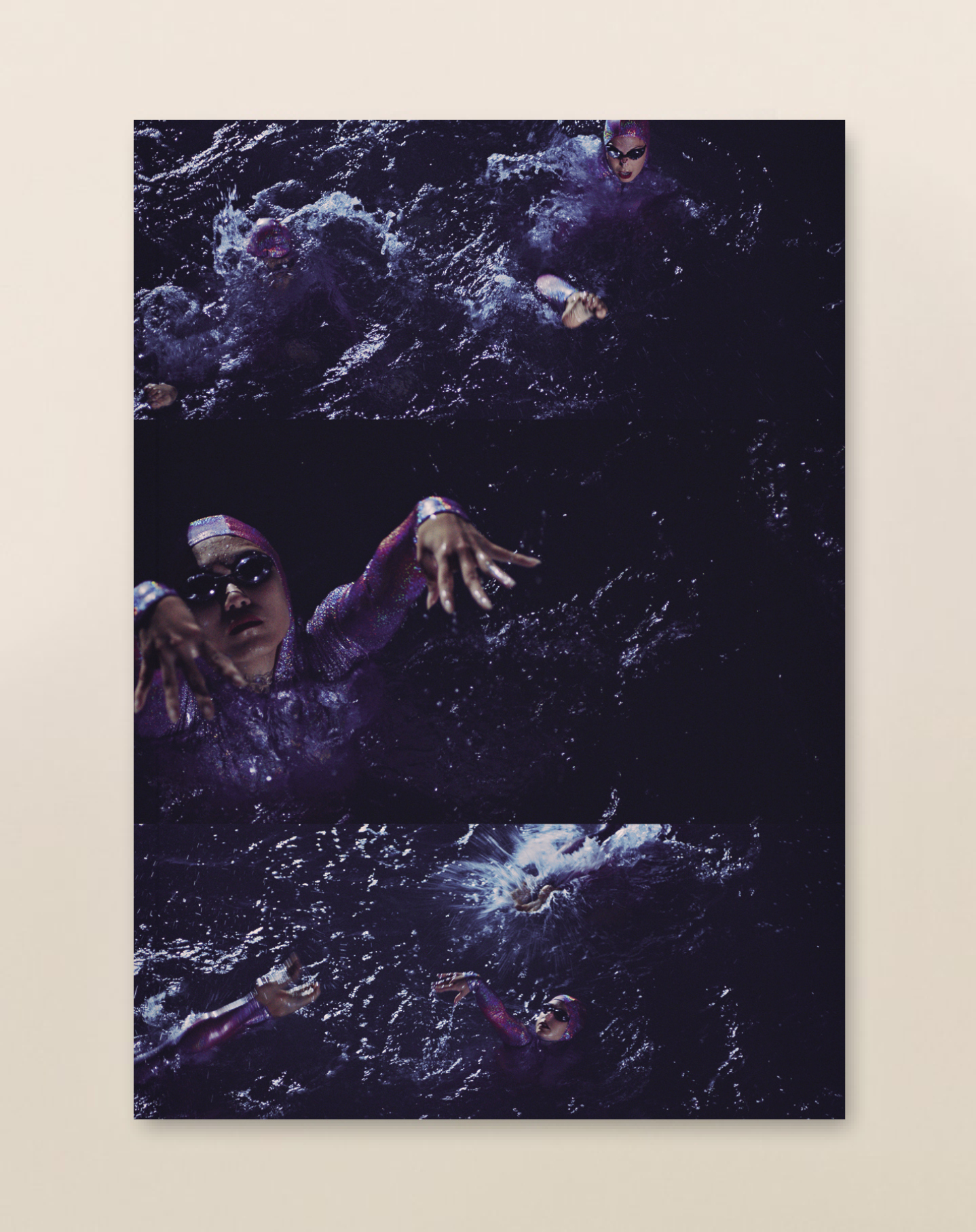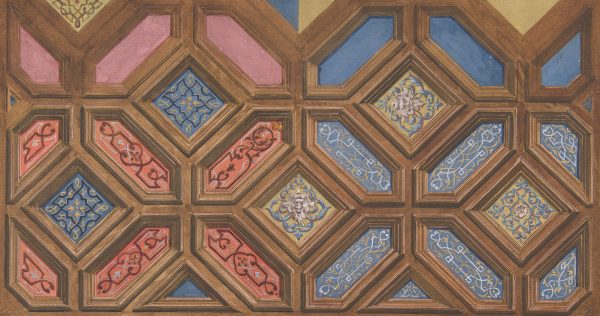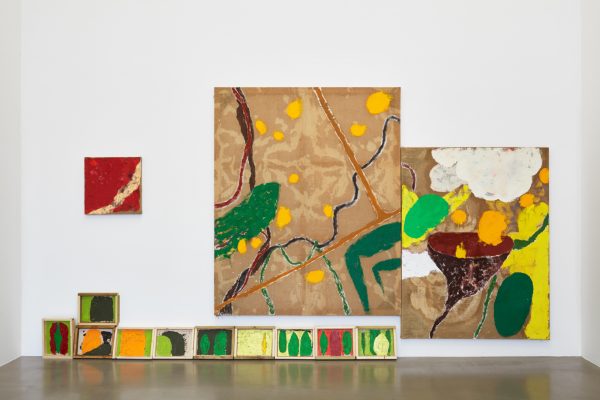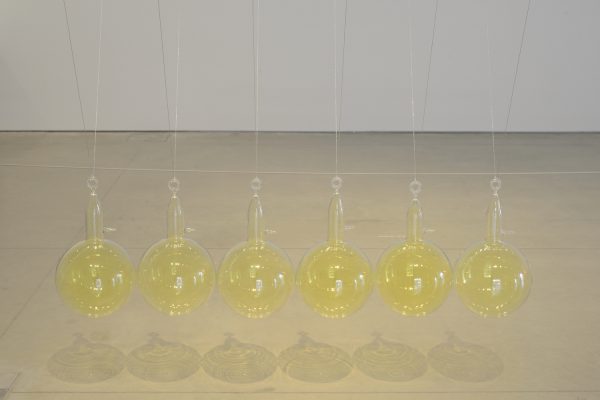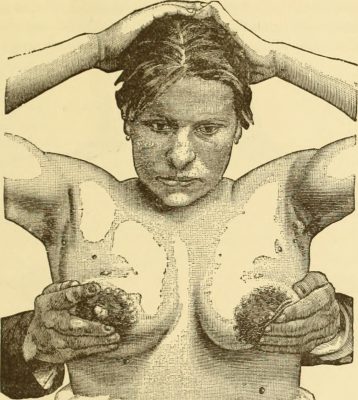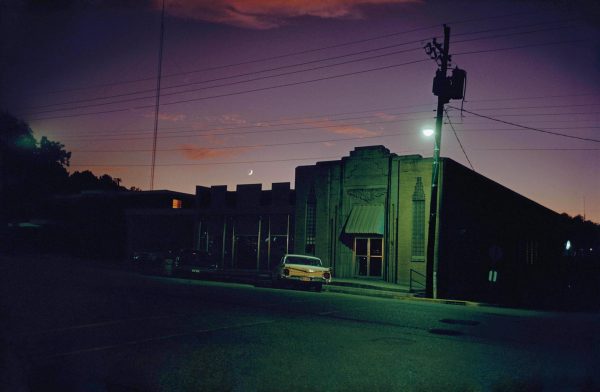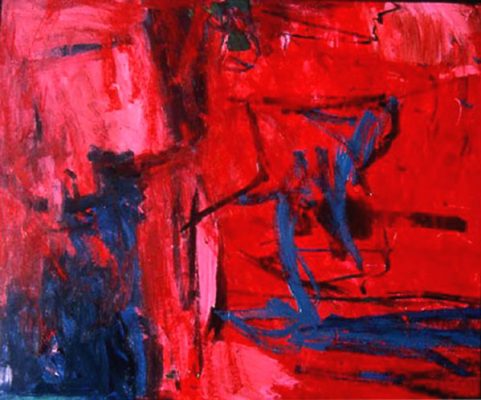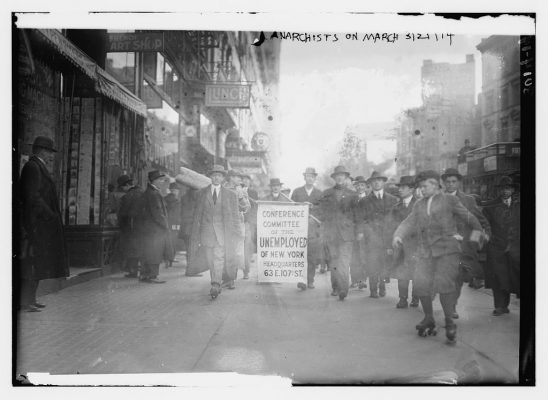Kevin Brazil
Kevin Brazil is a writer and critic who lives in London. His writing has appeared in Granta, The White Review, the London Review of Books, the Times Literary Supplement, Art Review, art-agenda, Studio International, and elsewhere. He is writing a book about queer happiness.
READ NEXT
